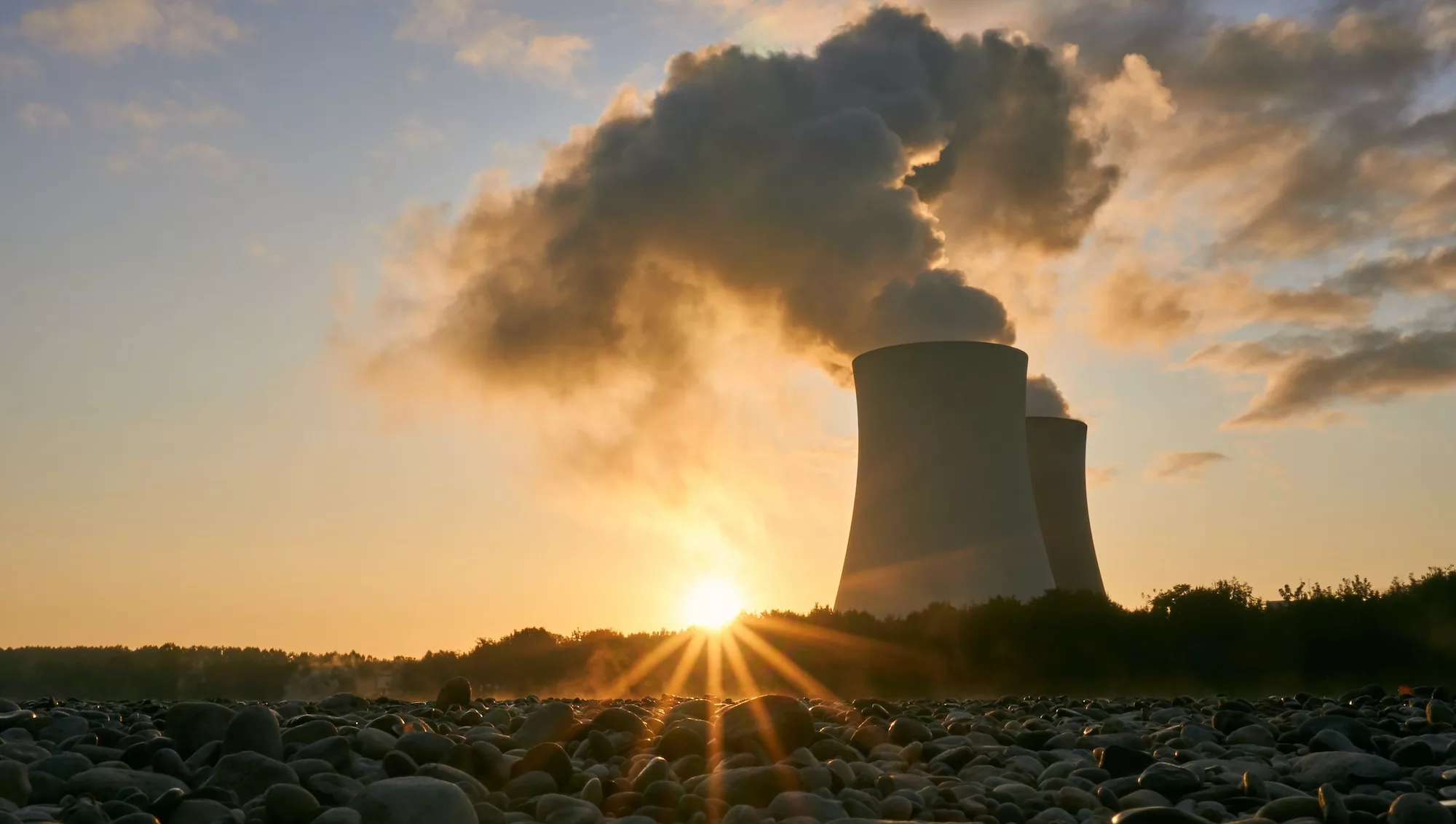Without a corresponding constriction on US production of fossil fuels, their lessened use in the United States may result in an increase, perhaps a substantial increase, in the export of oil, gas and coal to nations without similar controls.
Dan Galpern, General Counsel & Executive Director, CPR Initiative
On Aug. 8, 2023, I submitted a strongly-worded letter to Environmental Protection Agency Administrator Michael S. Regan.
Written on behalf of climate scientist James E. Hansen, veteran EPA scientist (retired) Donn J. Viviani,1CPR Initiative Board President Donn Viviani also submitted an important, and earlier, comment to the EPA docket, and it can be found here. Climate Science, Awareness and Solutions, Inc., and Climate Protection and Restoration Initiative, the letter concerned EPA’s proposed rule to limit greenhouse gas pollution from US power plants.
Among other things, our letter highlights the Proposal’s astounding inadequacy, particularly in the context of the rapidly deteriorating climate crisis.
Perhaps most importantly, the letter calls attention to, and renounces, EPA’s functional abandonment of the Biden Administration’s stated goal of securing a carbon pollution-free electricity sector by 2035. To quote from the letter:
Th[at] carbon pollution-free electricity sector goal is a centerpiece of the US near-term commitment under the Paris Agreement to the United Nations Framework Convention on Climate Change. . . As well, it is critical to our long-term international pledge. . . We regard [EPA’s] functional abandonment of the 100% clean electricity by 2035 goal, therefore, to be at best a highly regrettable development.”
Citing data from EPA’s own “Regulatory Impact Analysis,” we observed that under the Proposal “power sector emissions reductions by 2035 are projected to be scarcely greater than the reductions anticipated in declining baseline emissions.” EPA’s own analysis indicates that its power plant rule would yield CO2 emissions reductions that are only 6% greater than what is otherwise anticipated by 2035, and barely 5% more reductions than the expected baseline of 2040. That level of performance, again to quote our letter:
. . . is so puny as to be scarcely credible. It requires us, therefore, to dispute EPA’s statement that the Proposal’s ‘standards and guidelines’ would, if finalized, ‘significantly decrease GHG emissions from fossil fuel-fired EGUs and the associated harms to human health and welfare.’
. . . To the contrary, it will not.”
We proceed in the letter to offer seven specific recommendations to improve EPA’s existing proposal, including a few adopted from an earlier submission of Professor Robert Howarth of Cornell University. You can review them all below but, to cite two sets of them here, we recommended that EPA (a) impose tough emissions restrictions on all coal and gas-fired power plants, and not merely those intending to operate beyond 2040, and (b) ensure that any utility’s use of carbon capture and storage to satisfy emissions reduction requirements actually securely and permanently sequesters the captured CO2 from the environment, and that its captured CO2 is not diverted to enhance the recovery of oil in drilling operations.
I think it important to add here, that even if those specific recommendations were taken, they would only ameliorate a fundamentally flawed approach by the Biden Administration. To understand why that is, we can consider a simple thought experiment:
Suppose that the combination of EPA’s Proposal, as amended by our recommendations, plus the various substantial clean energy provisions of the recently passed Inflation Reduction Act, are all timely and thoroughly implemented.
Suppose also that other proposed EPA federal rules – including the Agency’s recent Clean Vehicle Rule – are put into effect.
And suppose, even further, that what might be only a glimmer in EPA’s eye also comes to fruition, namely that equivalent rules to lessen climate pollution from other major emitting US sectors like agriculture and industry are developed and effectively implemented.
Would our nation, then, after all that regulating (some of it complex) have done its part to combat the climate crisis?
Our answer to that question, regrettably, must still be “No.” The reason – or, at least, a reason – is that without a corresponding constriction on US production of fossil fuels, their lessened use in the United States may result in an increase, perhaps a substantial increase, in the export of oil, gas and coal to nations without similar controls. And indeed, according to the U.S. Energy Information Administration, “[t]he United States became a net total energy exporter in 2019 for the first time since 1952 and maintained that position in 2020 and 2021.”
I trust this discussion, then, provides some additional background for the reader who may wonder why our letter to EPA also highlights the “Agency’s failure to consider the potential utility of other statutes [other than the Clean Air Act, that is] and other approaches, including those that would target the continuing availability or supply of fossil fuels for the purpose of electricity generation or otherwise” – including for export to the international market.
Indeed, that is a matter to which we will soon have occasion to return.
 Loading…
Loading…
Footnotes:
- 1CPR Initiative Board President Donn Viviani also submitted an important, and earlier, comment to the EPA docket, and it can be found here.


